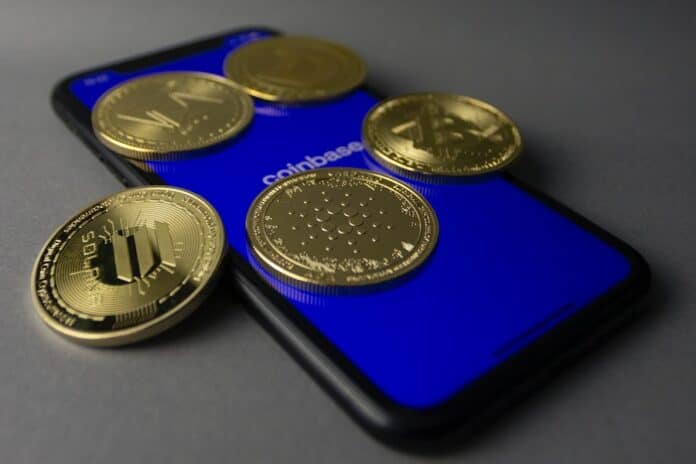Creating secure Bitcoin wallets is an essential part of the whole cryptocurrency system. Users can utilize crypto wallets to store, manage, and transact with their digital currency holdings. This blog will provide a comprehensive overview of crypto wallets and the steps of cryptocurrency wallet app development (see Topflight Apps’ research to know more).
Cryptocurrency Wallets- Types available out there
HD (Hierarchical Deterministic) Wallets
HD wallets are great for long-term storage because of their flexibility and security (they can manage many addresses with just one seed).
Paper wallets
A paper wallet is a secure offline storage method that involves printing your public and private keys on paper. However, they are vulnerable to physical loss or harm.
Exchange wallets
Bitcoin exchanges give these wallets for trading convenience but are less secure for storage. Transferring money to a more secure wallet is advised to increase security.
Web wallets
Web wallets, which are accessible via a browser or app, provide ease but are vulnerable to online dangers such as hacking and phishing.
Cold storage wallets
Hardware and software wallets that operate offline, collectively called “cold storage,” are used to store cryptocurrencies offline, away from prying eyes. They work well in long-term storage.
Custodial wallets
Custodial wallets have third parties manage your private keys, which is convenient but reduces your privacy and security. The custodian’s procedures will determine the level of safety.
Why Enter The Cryptocurrency Wallets Business
So, how to create a Bitcoin wallet, and why to enter cryptocurrency app development? Let’s see what this business can offer us.
Future growth
There is a lot of room for expansion in the crypto business as it is just getting started. The need for cryptocurrency wallet apps is expected to rise in line with the widespread acceptance of digital currencies.
Access to digital assets
A user’s digital assets can be accessed instantly from any device using a crypto wallet app. The app makes it easy to see the user’s investments and past trades.
Receive/send cryptocurrencies
Sending and receiving cryptocurrency is simplified with the help of a crypto wallet app. With just a few touches, users can send digital assets to another person or company.
Integration with other platforms
Some cryptocurrency wallet apps interact with third-party services, such as cryptocurrency exchanges or payment gateways, to provide users with a smoother experience.
How To Create A Bitcoin Wallet | Features
To create a crypto wallet that outperforms user expectations, follow these steps:
Biometric authentication
These days, it’s not uncommon for a Bitcoin wallet to support biometric verification methods like fingerprint or facial scans. This provides an additional layer of security, making it easier and safer for users to access their funds.
Two-factor authentication
Two-factor authentication (also known as 2FA) is an important security feature to create a cryptocurrency wallet app. The user must enter an additional authentication code upon login or during financial transactions; this code is typically provided to the user’s mobile device.
Multi-cryptocurrency support
Some Bitcoin wallets have support for additional cryptocurrencies in addition to Bitcoin. This adaptability enables customers to manage many digital assets from a single wallet application.
User-friendly UI
A Bitcoin wallet needs to have a user-friendly interface. It should be intuitive and simple to use, allowing users with and without experience to manage their assets with ease.
Integration of blockchain
Wallets frequently link with the Bitcoin blockchain, offering real-time transaction details and blockchain explorer functionality. This integration improves transparency and allows users to follow their transactions effectively.
What To Consider While Entering Cryptocurrency App Development
Before you begin to create a wallet for cryptocurrency, understand the following concepts:
Open-source vs. closed wallets
There are two types of wallet development: open-source and closed-source. Transparency is prioritized in open-source wallets, which let developers and the community review and contribute to the code. In contrast, closed-source wallets keep their code exclusive and limit community participation.
Development tools and platforms
To create your own Bitcoin wallet, you can program it in JavaScript, Python, or Solidity with the help of software development kits (SDKs) and application programming interfaces (APIs) like Ethereum’s Web3.js and Bitcoin Core. Tools like these streamline the development process, freeing up time and energy to focus on what matters most.
Regulatory compliances
Developers of crypto wallets should be knowledgeable of applicable laws and guidelines. Many nations place a premium on adhering to KYC and AML rules to prevent money laundering. It’s also important to think about data privacy and security laws.
Conclusion
In conclusion, wallets are essential for safeguarding digital assets such as cryptocurrencies. Wallets are constantly evolving with features like biometric authentication and multi-currency compatibility, and developers have access to a wide variety of tools and languages with which to build them. These wallets are becoming increasingly important to the security and convenience of the cryptocurrency ecosystem as a whole. We sincerely hope that this guide will clear up your confusion regarding how to create a Bitcoin wallet.
If you are also interested in creating e-wallets in general, then read this article: https://topflightapps.com/ideas/how-to-build-a-mobile-wallet-for-digital-payments/












